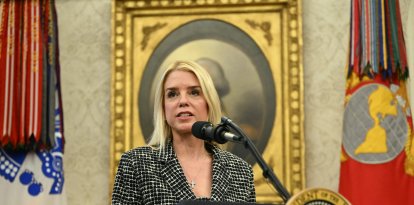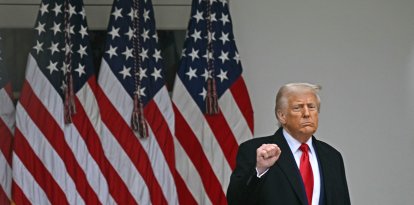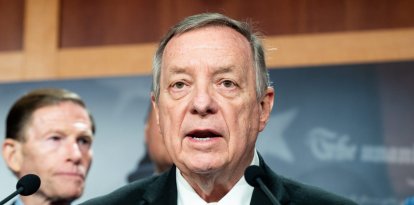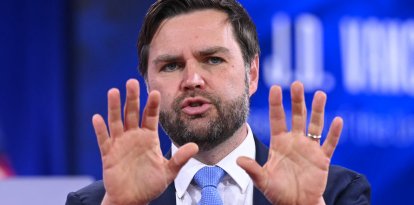Sarah Palin returns to politics to represent Alaska in the House of Representatives
The former U.S. vice presidential candidate is running for the seat vacated by Don Young (R).
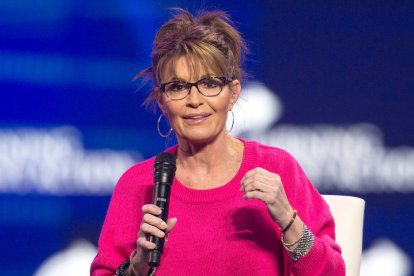
Sarah Palin (Cordon Press)
Sarah Palin returns to politics. After the death of Don Young (R), who spent 49 years representing Alaska in the House, the Republican candidate aspires to occupy the only seat in the Alaskan state after running in April and competing against Republican Nick Begich and Democrat Mary Peltola.
Faithful defender of the 'Tea Party' movement, Palin, at the moment, has 32.59% of the votes. Thus, she is the candidate with the second highest voter support in the first round of the polls behind Mary Peltola (38%). Republican Nick Begich has 29% of support.
Election system
For these elections, voters will choose their candidate by preference voting (approved by the residents of the State of Alaska in 2020) instead of by a partisan election. The candidate who receives the absolute majority of votes will be declared the winner.
If, as the polls seem to indicate, there is no candidate taking more than half of the votes, the second choices of the rejected candidates (starting with the third) will be counted. Since the third place finisher would be Nick Begich as of today, and he is a Republican, Sarah Palin stands a chance to represent the state in the House.
Governor of Alaska
A native of Sandpoint (Idaho), Palin became Governor of Alaska in December 2006 until her resignation in July 2009. Without giving a specific reason, everything pointed to the fact that her departure was motivated by her candidacy for Vice President of the United States as part of John McCain's candidacy in the 2012 elections. Since then, she has been away from politics and linked to the television world.
Her profile as a conservative politician made Donald Trump show his sympathy and support for her to represent Alaska in the House of Representatives. The Republican candidate supported the former president of the United States in the 2016 general elections, so it is a reciprocal gesture between the two politicians.
RECOMMENDATION

